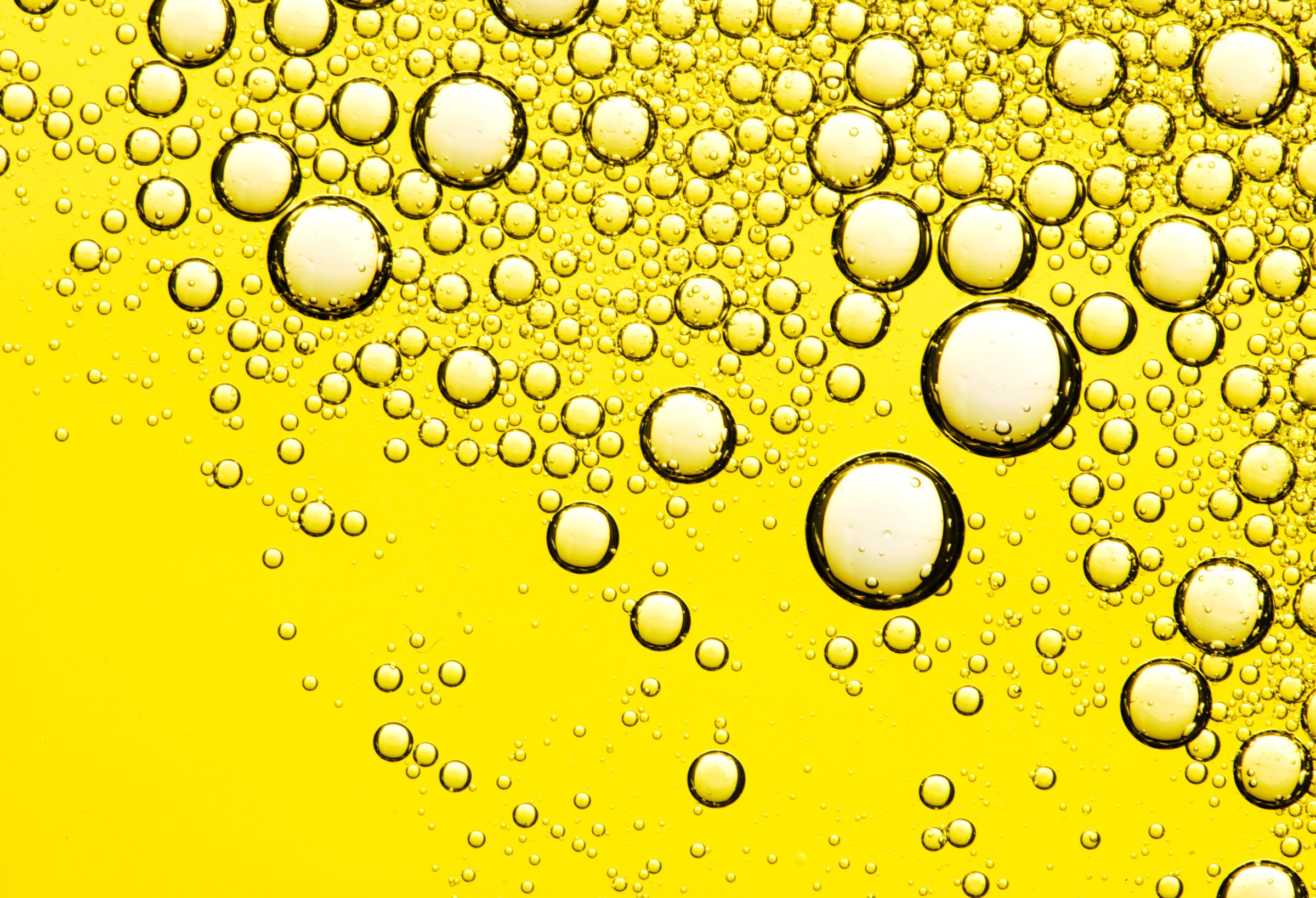
Everyone knows olive oil is great for your health and a staple of the Mediterranean diet. But even though it’s now found in most kitchens, it’s still steeped in mystery and confusion. Read on for some of the biggest mistakes people make with olive oil, and how to use it correctly.
1. You buy the “light” version to save calories
All olive oils have roughly the same amount of calories and fat (about 120 calories and 14g fat per tablespoon). “Light” refers to the color and flavor of this oil, which is highly refined to make it more neutral than other types of olive oil.
HEALTH.COM: 9 Low-Fat Foods You Shouldn’t Eat
2. You’re afraid to cook with the extra-virgin stuff.
It’s true that extra virgin olive oil has a lower smoke point than other types of olive oil and some other fats—that is, the temperature where oil begins to smoke and impart an unpleasant odor and flavor (peanut oil is 450ºF and grapeseed is 445ºF, for example. For more, check out this chart on Serious Eats). Extra virgin olive oil has a smoke point around 410ºF, according to The Science of Good Food, so it’s perfectly safe for sautéing at medium temperatures. Extra virgin is the purest form of olive oil, and contains the most health supportive oleic acid so there’s no need to use it only for salad dressing.
QUIZ: Should You Eat This or That?


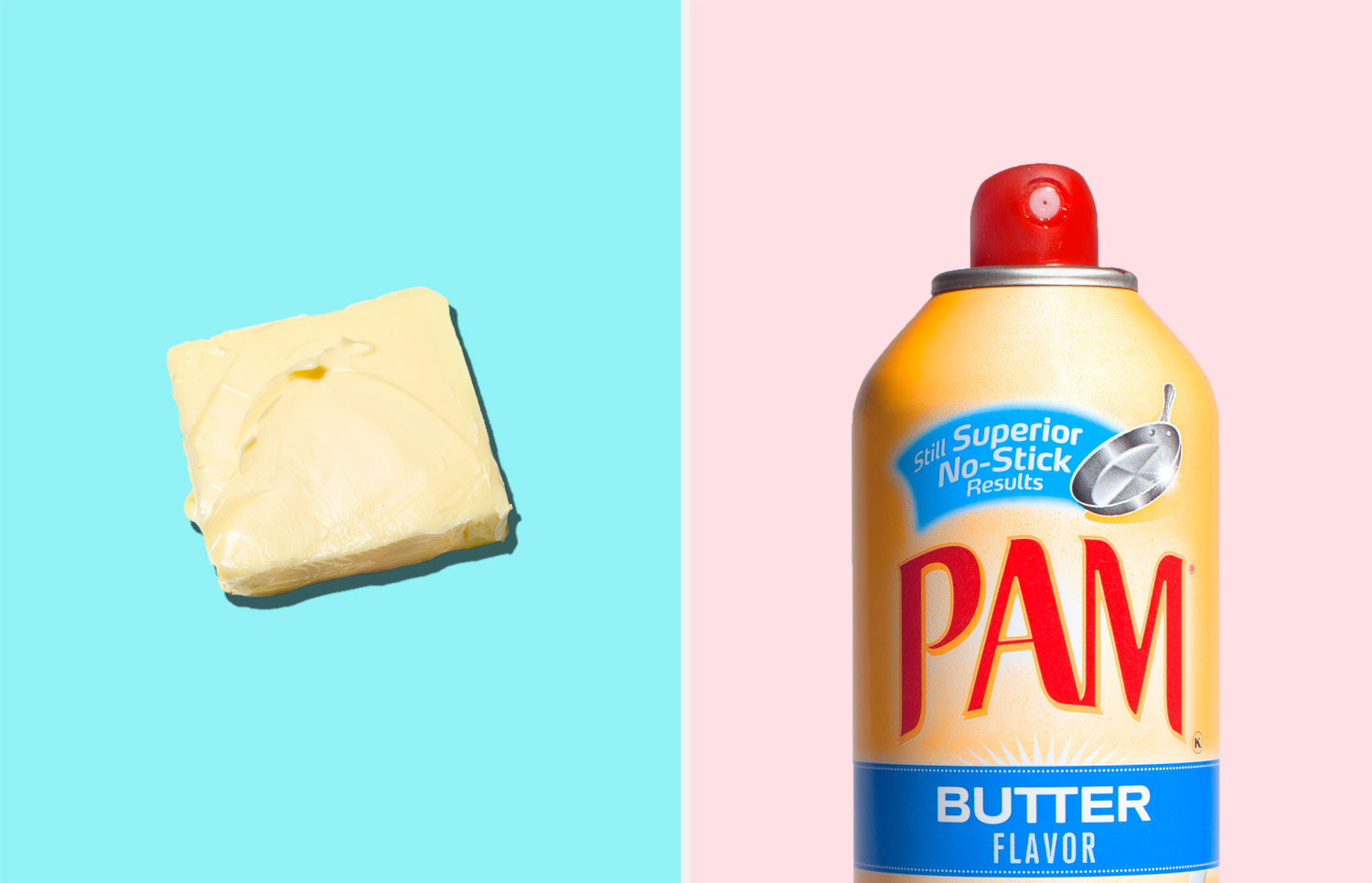
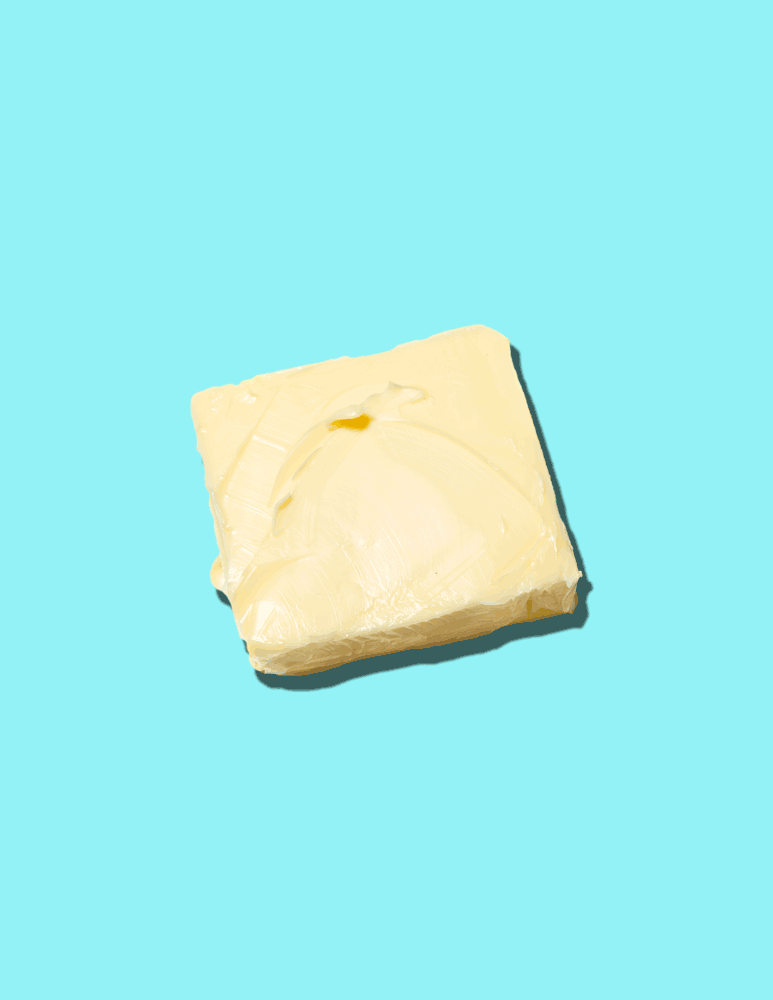




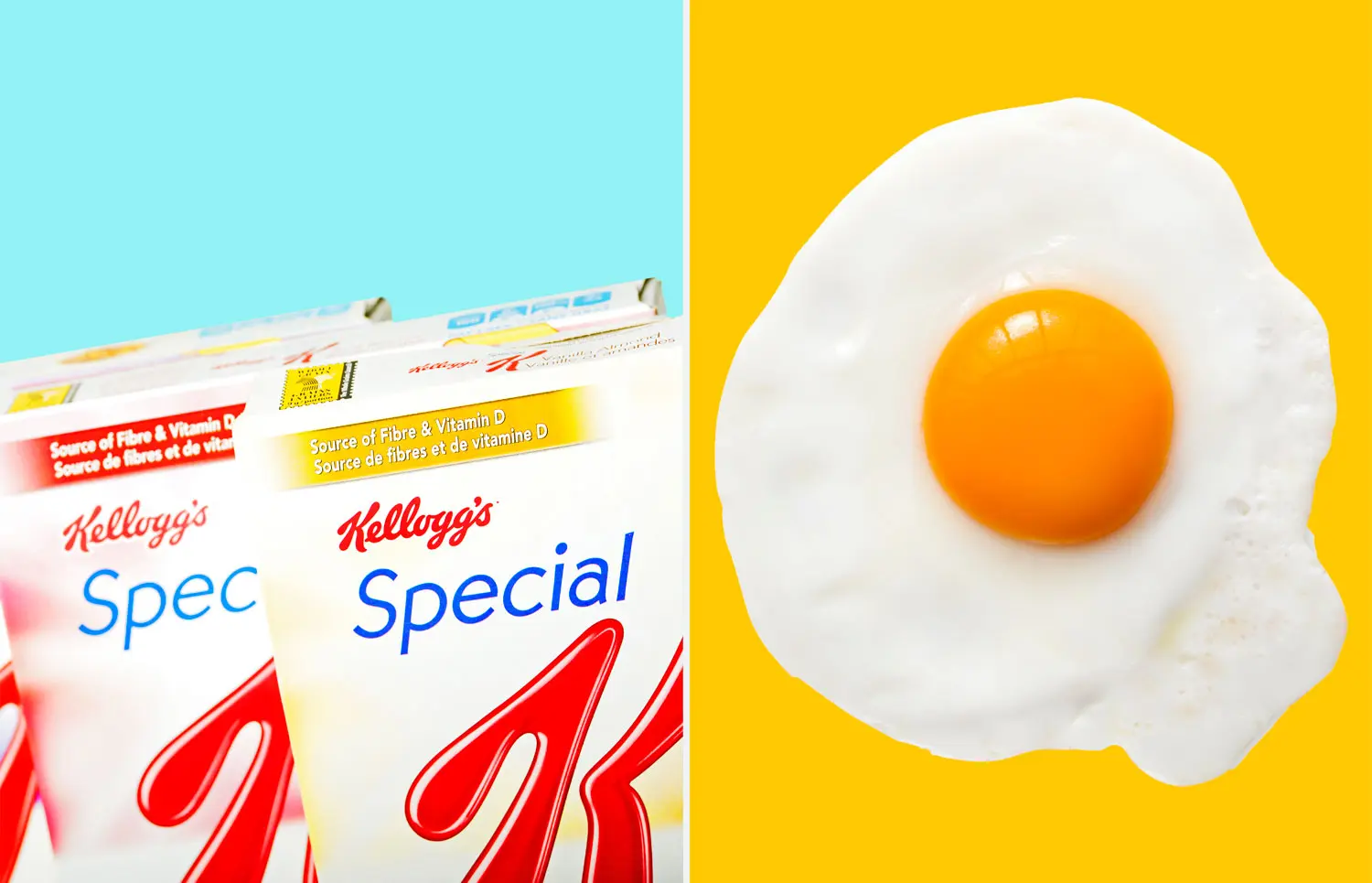

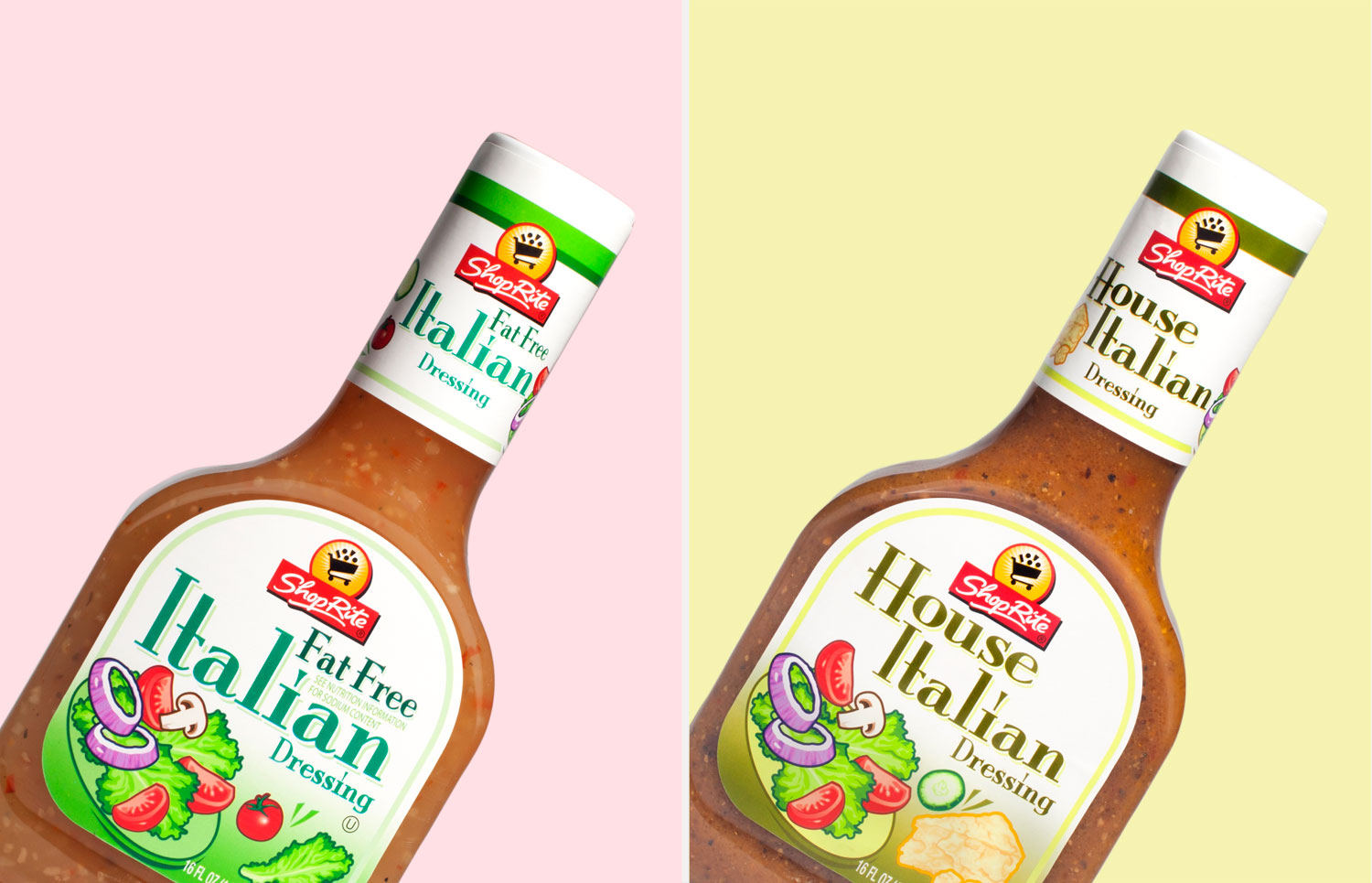




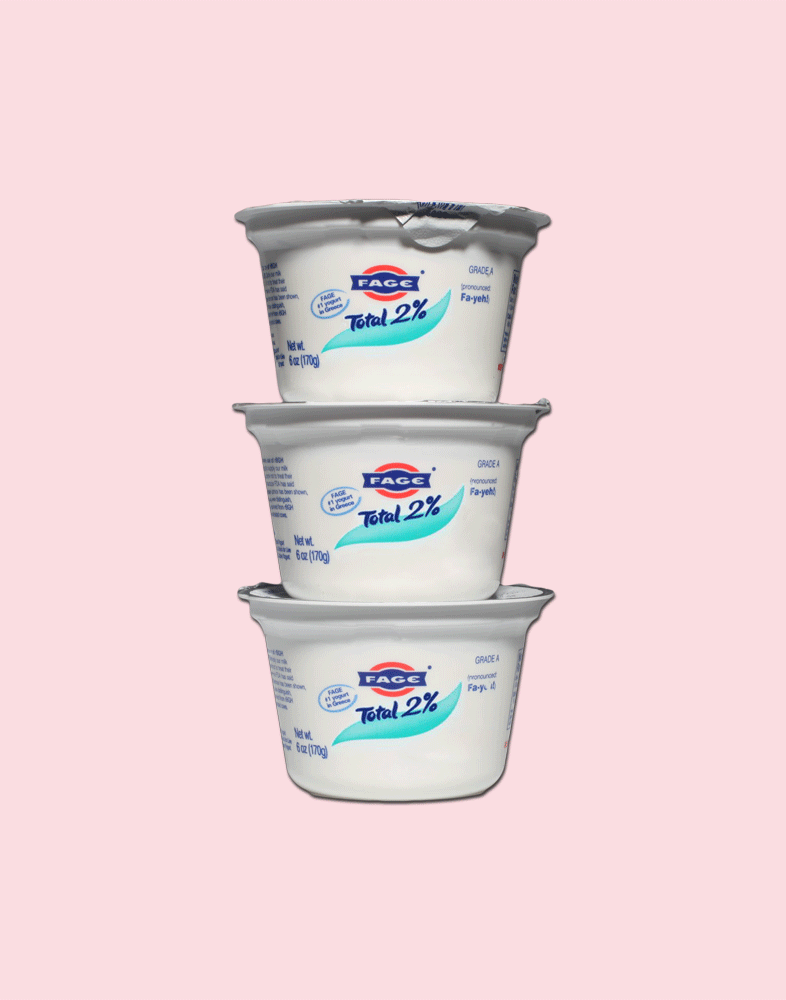
3. You toss any that tastes slightly bitter.
Don’t toss that oil just yet: it may not have gone bad. A slightly bitter taste can indicate the presence of antioxidants, according to researchers at the University of California, Davis, Olive Center. With a fresh extra virgin olive oil, you should taste, well, olives, and also some grassy or fruity notes.
HEALTH.COM: 10 Signs Your House Is Making You Fat
4. You keep it right next to the stove.
Nothing will make your olive oil go rancid quicker than heat and light. Look for olive oil in a dark-colored glass or tin container, and store it in a cool spot, away from sunlight.
5. You stock up when you see a great deal.
Unless you’ll use it all quickly, it’s better to buy olive oil in smaller quantities. Ideally you want to use it up within about 6 weeks.
6. You use the “fridge test” to see if yours is high quality.
Sorry, but no. After a 2013 episode of the Dr. Oz Show, in which he claimed you can test to see how pure your olive oil is by refrigerating it (if it solidifies in the fridge, it’s pure), UC Davis researchers put the fridge test to the test, and it flunked. That is, if an olive oil turns to a solid at lower temperatures, it doesn’t mean it’s of higher quality.
The best way to ensure your oil is good quality? Look for seals on the bottle from the USDA Quality Monitoring Program, the North American Olive Oil Association, the California Olive Oil Council, or the Extra Virgin Alliance.
HEALTH.COM: 14 Clever Cooking Hacks That Will Change Your Life
More Must-Reads from TIME
- Why Trump’s Message Worked on Latino Men
- What Trump’s Win Could Mean for Housing
- The 100 Must-Read Books of 2024
- Sleep Doctors Share the 1 Tip That’s Changed Their Lives
- Column: Let’s Bring Back Romance
- What It’s Like to Have Long COVID As a Kid
- FX’s Say Nothing Is the Must-Watch Political Thriller of 2024
- Merle Bombardieri Is Helping People Make the Baby Decision
Contact us at letters@time.com